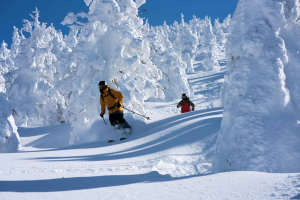The Magic of Tohoku‘s Other Seasons – Travel
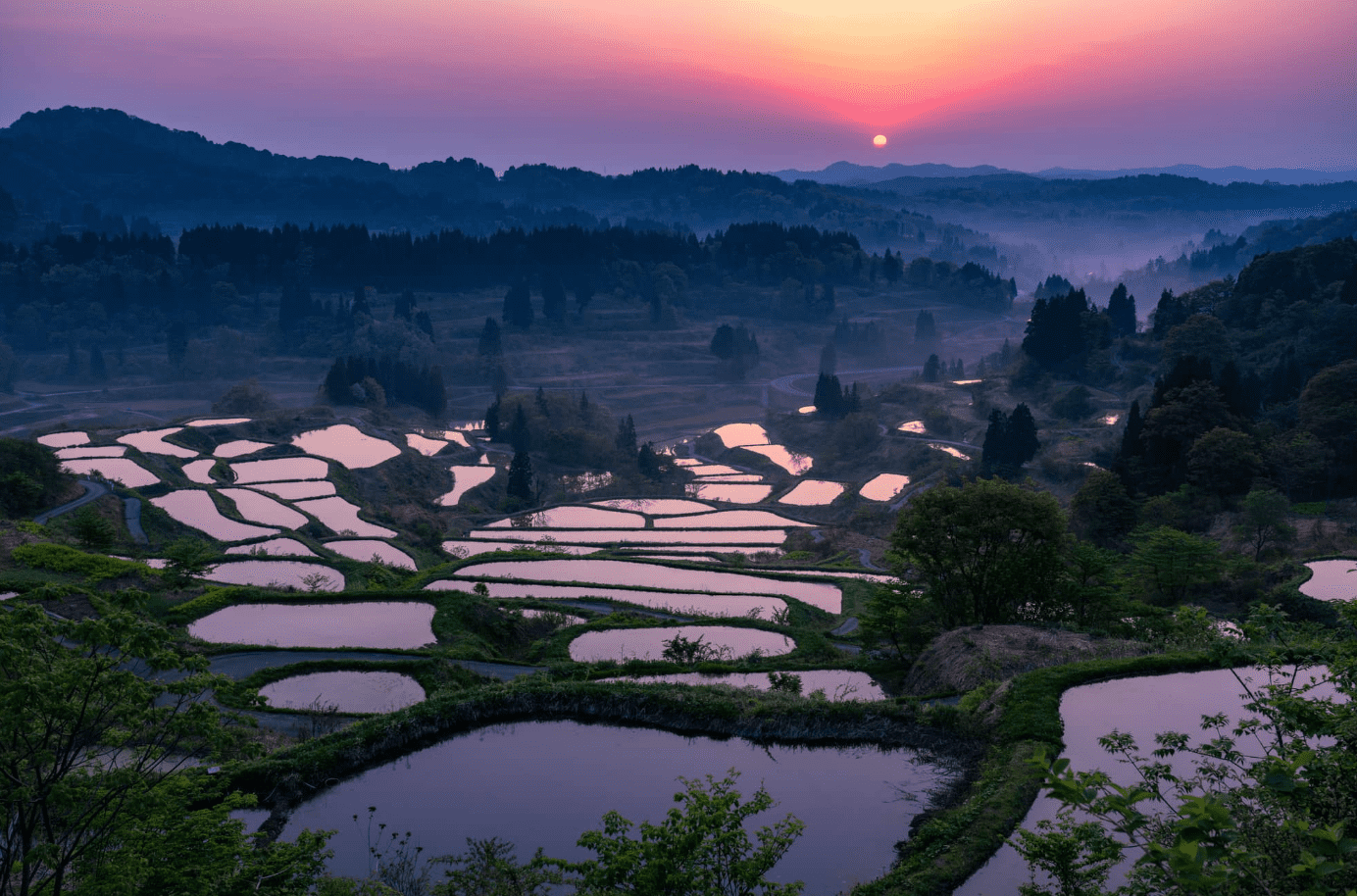 Sponsored content
Sponsored content
Mountainwatch | Travel
While Tohoku’s snowy winters attract skiers and snowboarders from around the world, there are many reasons to visit outside of winter. In spring, autumn and summer Tohoku offers an inspiring adventure, and its natural beauty and history providing an experience of authentic Japan. There is much to do and see in this vast region, but here are three experiences you do not want to miss.
Kakunodate Samurai District
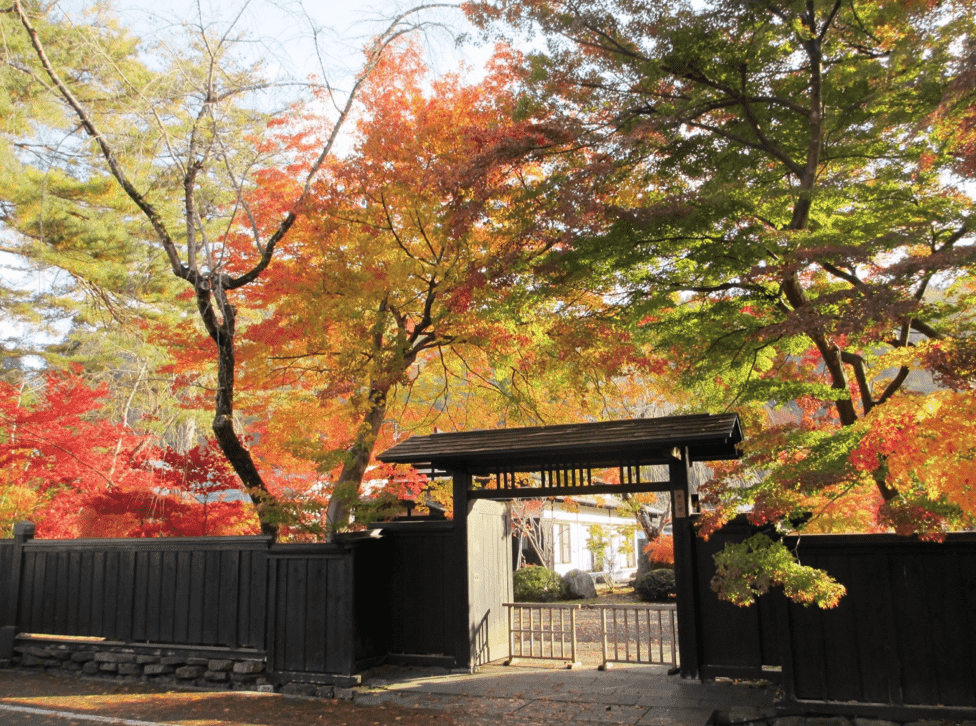
Located in in the Akita Prefecture, Kakunodate is home to a well-preserved samurai district, one of the best examples of samurai architecture and housing in Japan. Built during the Edo period, its wide streets are lined cherry trees and strolling through the areas takes you back in time. Autumn is famous as the best time to visit Kakunodate because of the coloured leaves.
The samurai houses were home to middle to upper class Samurai families and at its peak 80+ families lived in the district. Six houses are now open to the public, providing the opportunity to see how the families might have lived. Of the six open houses, two are particularly noteworthy for their size and quality: the Aoyagi House and the Ishiguro House.
The Aoyagi House (Aoyagi-ke) is an impressive complex with multiple buildings containing museum collections, restaurants and gift shops. There are variety of galleries to explore and the items on display included built and collected by the Aoyagi clan. In the gallery, there is collection of swords, armours, helmets and war flags in those days and you can experience holding authentic samurai swords. The buildings are set within huge grounds, the beautiful garden full of colours and flowers, dependent on the season.
The second samurai home of special note is the Ishiguro House (Ishiguro-ke). The area open to visitors is smaller than that of the Aoyagi House, largely because descendants of the family still live in the rest of the house. The family is proud of its samurai heritage and members of the family narrate the rich history of the house in both English and Japanese. A small collection of samurai armour and clothing is on display as well as anatomical illustrationsincludes Kaitai Shinsho(New Book of Anatomy) and studies.
Almost offother open houses are free to enter and offer varying levels of accessibility. They are mostly examples of middle- class samurai residences and thus, are smaller than the Aoyagi-ke and Ishiguro-ke.
The Samurai district is about 20-mimute walk or short taxi ride from JR Kakunodate station.
Naruko-kyo Gorge
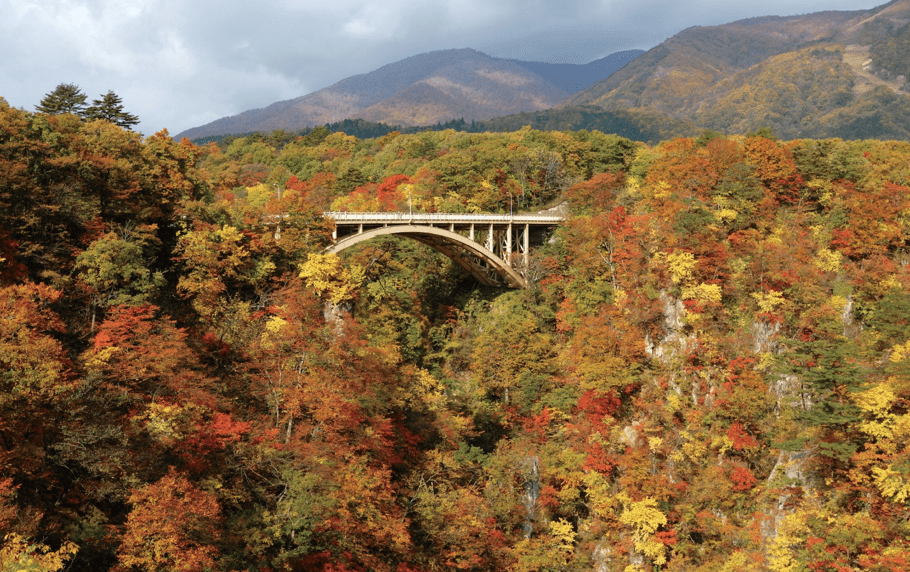
Naruko Gorge is one of Tohoku’s most scenic natural attractions, located in Miyagi Prefecture and near thesmall town of Naruko Onsen. While it is beautiful year-round, the gorge is renowned for its autumn colours which peak mid-October through early November. The gorge runs for several kilometres east-west, its steep sides a forest of beech, oak and maple trees which turn an array of vibrant colours each autumn.
The best viewing is firm the Narukokyo Resthouse near the western edge of the gorge which also offers views of the iconic Ofukaza Bridge. The walking trail, the Ofukazawa trail makes a loop west of the main road, around the Ofukazawa Bridge and though a forested valley before ending at the Narukokyo Resthouse.
The nearby Naruko-onsen-kyo Hot Spring Village is the perfect place to stay and with a visit on its own. There are five hot spring areas in the village, each with its own characteristics and the village has a wide choice of accommodation and restaurants.
Access Naruko Onsen via Naruko Onsen station on the Rikuu East line. It is about 40 minutes from Furukawa station, which is connected to the Tohoku Shinkansen
Hoshitoge Rice Terraces
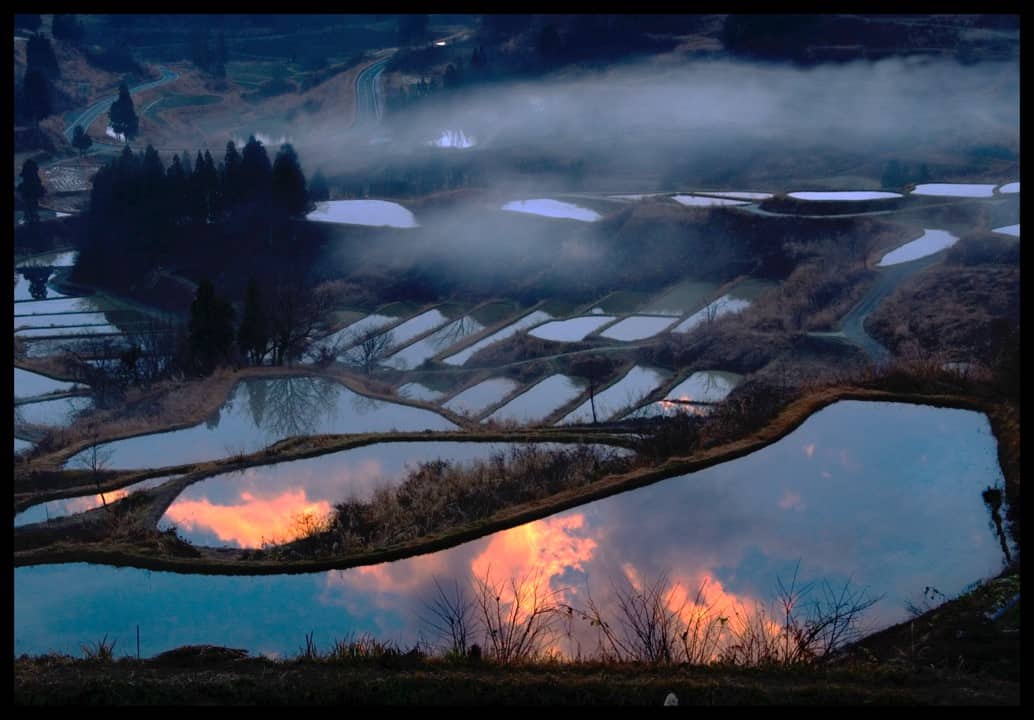
While Japan’s cities are high density its countryside exudes a feeling of space and tranquility. A perfect example of this are the rice paddy terraces, (Tandada) a way of life for the farmers, but also holding unique beauty and attracting tourists throughout the year. The Tokamachi area is a great example and is home to some of the most renowned rice terraces in Japan.
Located in in the southern inland area of Niigata prefecture, the famous Hoshitoge rice terrace is surrounded by the mountains of the Matsudai region. The dramatic mountains and rich colours of the terraces provide the perfect scene for photographers – especially at sunrise and sunset – when the water-filled fields reflect the colours of the sky.
The terraces line the hills like steps in a staircase and the appearance and colours transition with the seasons from deep lush green of summer, the pastels of autumn and the soft white snow-lined terraces of winter.
Access is 20 minutes by car from Matsudai Station on Hokuhoku Line, 1-hour drive along National Route 253 from Muikamachi IC on Kan-Etsu Expressway or 1-hour drive along National Route 253 from Joetsu IC on Hokuriku Expressway.
If you do get the chance to visit the rice terraces, please note the following:
The terraced fields are not for trespassing.
The fields are the private lands of local farmers producing their rice crops.
Please do not enter the farmlands or any roped-off area.
Please park your vehicle only in the designated car park.
Please ensure you take your rubbish with you as there are no bins.
Please respect the local farm workers at all times. Thank you!




